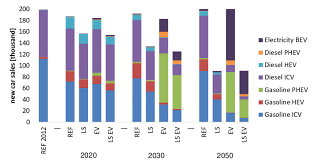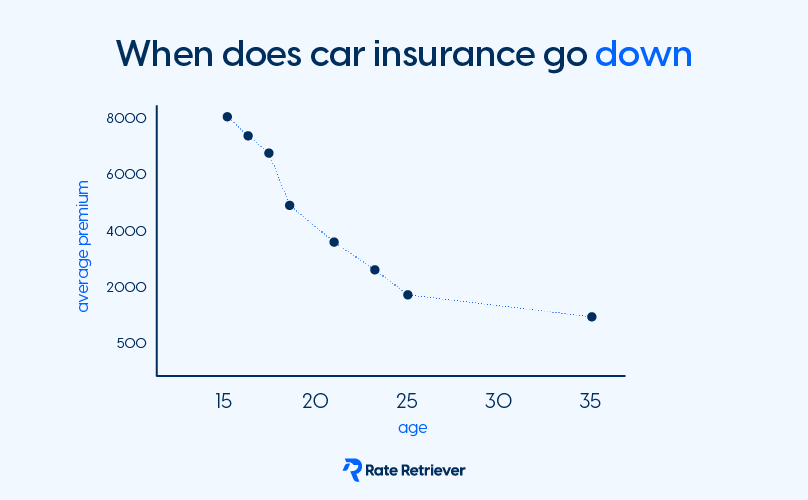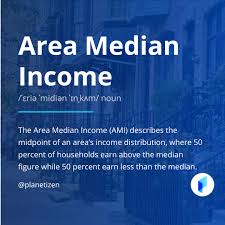A plug-in hybrid vehicle, commonly known as a PHEV, is a type of car that combines the best of both worlds: a battery-powered electric motor and an internal combustion engine (ICE) powered by conventional fuel like gasoline. This setup allows you to enjoy electric-only driving for short trips while still having the freedom of a gas engine for longer journeys.
Key Takeaways
- Plug-in hybrids combine battery-powered electric motors with a conventional engine.
- They offer a longer electric-only range than standard hybrids.
- When the battery runs out, the engine takes over, allowing uninterrupted travel.
How Plug-In Hybrids Work PHEVs are designed to switch seamlessly between electric power and gasoline. They have larger batteries than traditional hybrids, which means more electric-only miles—typically between 15 and 60 miles depending on the model, according to the U.S. Department of Energy.
When your PHEV battery is depleted, the combustion engine kicks in, ensuring you can keep driving without worrying about finding a charging station.
Charging a Plug-In Hybrid You can charge a PHEV in several ways:
- Regenerative Braking: Converts kinetic energy from braking into electricity.
- ICE-Powered Generator: Some PHEVs use the engine to recharge the battery, though it’s less efficient than plugging in.
- Plug-In Charging: The fastest way to charge your vehicle is via a wall outlet or dedicated charging station. According to the U.S. Department of Energy, Level 1 chargers take 5-6 hours, while Level 2 chargers only take 1-2 hours.
PHEV vs. Full Hybrid Here’s how plug-in hybrids differ from standard hybrids:
- Battery Size: PHEVs have bigger batteries.
- Charging Options: PHEVs can plug in; full hybrids rely solely on regenerative braking.
- Electric-Only Range: PHEVs can travel 15-60 miles on electricity, while full hybrids usually manage only a few miles.
Pros of Plug-In Hybrids
- Lower running costs and emissions.
- Potential tax incentives for electric vehicle use.
- Ideal for short commutes without touching gas.
- ICE ensures no range anxiety on longer trips.
Cons of Plug-In Hybrids
- Heavier batteries can reduce mileage when running on gas.
- Higher upfront costs than traditional hybrids.
- More complex maintenance, combining EV and ICE upkeep.
Are Plug-In Hybrids Worth It? If you mostly drive short distances but occasionally take longer trips, a PHEV can save money and reduce emissions. For longer daily commutes exceeding the vehicle’s electric range, a conventional hybrid might be more economical. Installing a 240V outlet or home charging station can optimize PHEV use but comes with an extra cost.
Insurance Costs for Plug-In Hybrids PHEVs may cost more to insure due to their higher purchase price and advanced technology. Factors like your age, location, driving history, and specific vehicle model also influence rates. You can reduce costs by keeping a clean driving record and exploring insurance discounts. Learn more about auto insurance basics.
Final Thoughts Plug-in hybrids offer a flexible, eco-friendly option for drivers seeking electric benefits without sacrificing long-range capability. They’re especially ideal for those looking to lower day-to-day fuel costs while maintaining the convenience of a traditional engine.
Get a Quote for Your PHEV: Protect your investment and ensure peace of mind on the road.





























